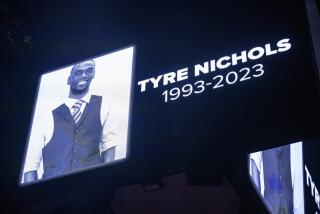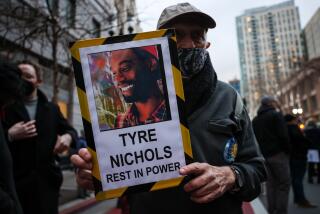Roger Nichols dies at 66; engineer gave Steely Dan its distinctive sound
- Share via
Roger Nichols, the recording engineer who gave the music of Steely Dan the lustrous sheen that became the popular group’s sonic signature, died Saturday at his Burbank home after a yearlong battle with pancreatic cancer, his family said. He was 66.
Nichols also worked extensively with the late country pop star John Denver. His long list of credits also includes work with Placido Domingo, Rickie Lee Jones, Roseanne Cash, Frank Sinatra and the Beach Boys.
But it was the Steely Dan records — albums such as “Aja” and “Pretzel Logic” and hits including “Do It Again” and “Hey Nineteen” — that brought Nichols six of his seven Grammy awards and his stature as engineer-as-artist, in the tradition of Phil Spector’s engineer Larry Levine and Jerry Wexler’s Tom Dowd at Atlantic Records in the 1960s.
“The records that we did could not have been done without Roger,” Steely Dan’s record producer Gary Katz said Tuesday. “He was just maniacal about making the sound of the records be what we liked.... He always thought there was a better way to do it, and he would find a way to do what we needed to in ways that other people hadn’t done yet.
“Yes, we were demanding, but he was demanding on himself. He wasn’t just there to do tracks and mix records, he was there to improve the audio experience for everybody.”
Nichols, who was born Sept. 22, 1944, in Oakland and grew up in Rancho Cucamonga, always showed a flair for science, building a 6-inch mirror telescope when he was 13. After graduating from Upland High School, he did some home recording with a guitarist whose parents were friends of the family — Frank Zappa.
Nichols went into nuclear engineering rather than record-making, working on the development of the San Onofre nuclear reactor. But as a music fan, he was so dissatisfied with the sound of the records he bought that he took a job at ABC/Dunhill Records in Los Angeles, with the goal of improving the quality of records.
That’s where he encountered staff producer Katz and his novice songwriting team of Donald Fagen and Walter Becker, who were ready in 1971 to make demo recordings of the songs that would launch the career of Steely Dan.
In the liner notes of a reissue of their first album, Becker and Fagen recalled the first encounter.
“During our visits to the small recording studio adjoining the Dunhill offices, we were surprised and frightened to see a fellow dressed in an American flag shirt and matching pants, working behind the console from time to time. Later we found out that he drove a small yellow Lotus sports car which he referred to as ‘Screaming Yellow Zonker.’ He turned out to be engineer Roger Nichols.”
They were a severe mismatch, the literary, jazz-steeped night-owl New Yorkers and the scuba-diving, airplane-piloting California kid, but their partnership clicked, turning out seven acclaimed albums during the 1970s that set a standard for musical sophistication and recording quality.
Nichols later worked on solo projects by both Becker and Fagen, and on the Steely Dan albums that ended a two-decade hiatus, including the 2001 Grammy album of the year “Two Against Nature.”
Nichols invented and built a digital sampling drum machine in the late ‘70s called WENDELjr, and designed an array of plug-in devices for use in the recording studio. He also wrote columns for professional audio publications and conducted master classes in engineering.
He is survived by his wife, Connie; daughters Cimcie and Ashlee; sister Melinda Ryan and brother Jeffrey Nichols.
Cromelin is a former Times staff writer.
More to Read
Start your day right
Sign up for Essential California for the L.A. Times biggest news, features and recommendations in your inbox six days a week.
You may occasionally receive promotional content from the Los Angeles Times.







